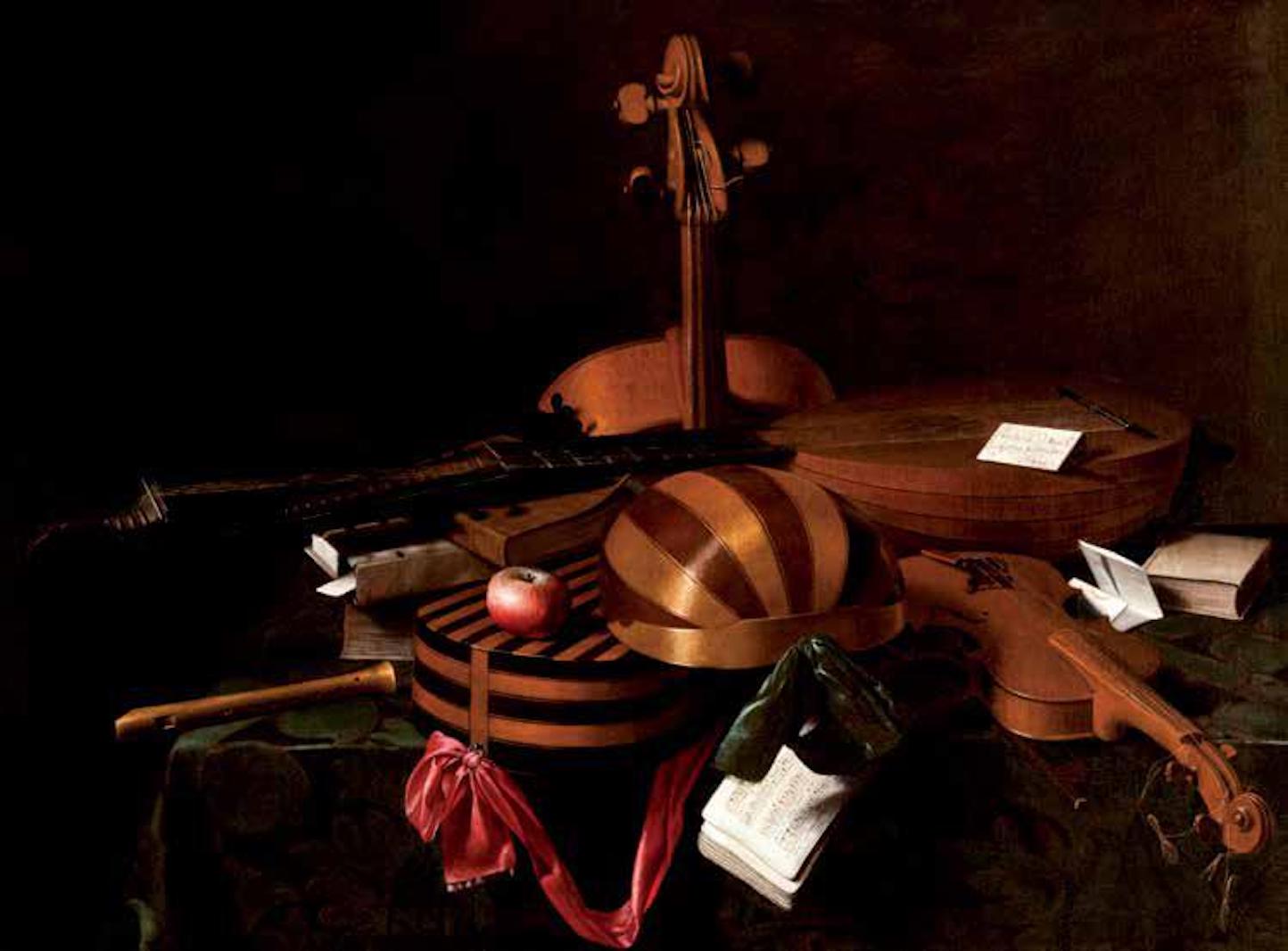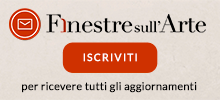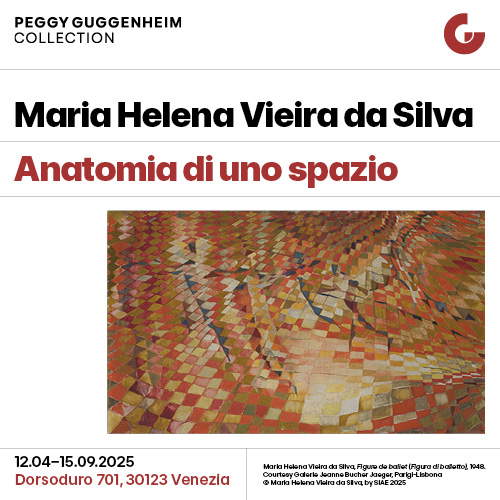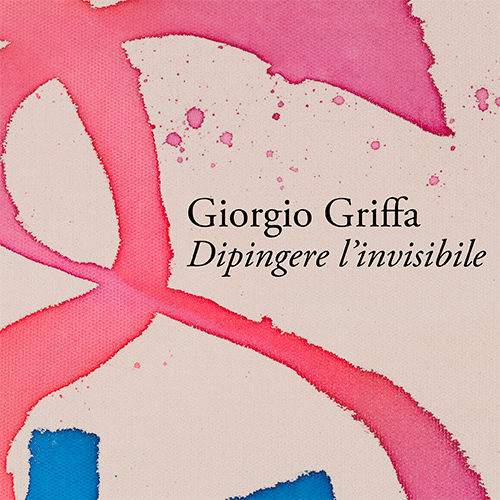Extraordinary donation to Bergamo Diocesan Museum: 9 works by Baschenis arrive, with rare pieces
Six months after the opening of the new Bernareggi Diocesan Museum in Bergamo, its permanent collection is enhanced thanks to an extraordinary donation that marks a turning point in the institution’s history. Guido Crippa, a leading figure in Bergamo culture and former vice president of the Adriano Bernareggi Foundation, and his wife Carmen Oberti, a passionate collector, decided to donate nine works by the 17th-century painter Evaristo Baschenis (Bergamo, 1617 - 1677). A gesture of generosity and love for art that delivers to the public a very significant nucleus of the celebrated artist from Bergamo, known for his refined still lifes.
The donation represents a unicum in the museum scene: in fact, it is the largest collection of works by Baschenis ever brought together in a museum, both in terms of the number of paintings and the variety of subjects and artistic periods represented. The nine canvases, the result of more than 50 years of research and careful selection, cover the entire creative span of the painter and priest, offering a comprehensive and poetically coherent cross-section of his worldview.
“The new Diocesan Museum,” explains Don Davide Rota Conti, director of the Museum, “is in the home stretch and its collection is being enhanced by truly significant donations. I thank on behalf of the Diocese of Bergamo the donors for their generosity. These are gestures that testify to a deep connection with the Church of Bergamo, as well as a great passion for art and a desire to share beauty with their community.”

Baschenis’s works donated to the museum
Evaristo Baschenis, who was born in Bergamo in 1617 and died in 1677, was an eclectic artist, at once a priest and a musician. He is universally recognized for his still lifes in which musical instruments, everyday objects, foodstuffs and books are interwoven in beautifully balanced compositions capable of narrating a domestic and profound spirituality. His canvases, through the elegant play of light, shadow and full and empty spaces, construct a narrative suspended between the human and the divine, where the common object becomes a symbol and existential reflection.
The works will be housed in a monothematic room entirely dedicated to Baschenis. Prominent among the donated masterpieces is the still life with Flute with Beak, Guitar, Mandora, Violin with Bow, Lute with Bow, Low Bowed Viola, Two Sheets with Musical Score, Books and Apple, an exceptional painting both for its compositional complexity and for the prestige of its exhibition itinerary. Indeed, the canvas, in which the instruments are arranged in a unique pyramidal composition, has been featured in international exhibitions in São Paulo, New York, Zurich, Munich and Paris.
There is no shortage of surprises. One of the canvases, Kitchen Interior with Poultry, Mortar, Fruit Plate and Flower Vase, revealed a previously unseen detail during restoration: under layers of paint and dust emerged the presence of a bouquet of flowers, attributed to the painter Francesco Volo, known as Vincenzino. The collaboration between Baschenis and Volo makes this painting a very rare piece, the only four-handed work by Baschenis known today, and its authenticity was strengthened by the discovery of a citation in the artist’s will.
Also among the most curious works is Kitchen with Branches and Servant, where the protagonist is not a musical instrument but a set of copper pots, treated pictorially with the same attention and emotional depth reserved for musical subjects. A female figure also appears in this painting, among the very few in Baschenis’s artistic corpus and confidently attributed to his hand. This painting is also a unicum, never again replicated in the rest of his production.
Also on view are Dish of Apples, a Sprig of Roses and an Apple on a Desk, a work with strong symbolic significance. The kissed apples, the withered bud and the sober arrangement of the objects suggest a “vanitas” imbued with melancholy and delicacy, an invitation to reflection on time and the transience of beauty.
Completing the donated nucleus are five canvases of domestic settings, so-called “kitchens,” a subject very dear to Baschenis. Familiar elements chase one another in these works: plucked turkeys and chickens, vegetables, snails, utensils and amphorae, all rendered with extraordinary skill and arranged against dark backgrounds that enhance the material and light. Each canvas, while re-presenting similar motifs, presents its own compositional harmony, an autonomous interpretation that returns an ever-changing aesthetic experience to the viewer.
The monothematic room that houses these masterpieces will be one of the focal points of the Bernareggi museum itinerary, allowing the public to discover or rediscover the complexity of an artist deeply rooted in the religious and civic culture of his time. A visual testimony to a 17th-century Bergamasque who was cultured, thoughtful, and extraordinarily contemporary in his way of speaking to the soul through the humblest object. With this generous donation, finally, the Bernareggi Diocesan Museum not only reinforces its vocation as a meeting place for art and spirituality, but also stands as a point of reference for the study and appreciation of Baschenis’s work.
“This donation,” says Silvio Tomasini, curator of the Bernareggi Museum, “gives the Diocesan Museum the novelty of Evaristo Baschenis’s painting. It is an artistic testimony of extraordinary value: an authentic celebration of the genre of still life, to which Baschenis devoted himself almost exclusively and in a very refined way. The donation constitutes a very notable nucleus in the artist’s not numerous production, an extraordinary unicum for understanding 17th-century Bergamasque figurative culture.”
 |
| Extraordinary donation to Bergamo Diocesan Museum: 9 works by Baschenis arrive, with rare pieces |
Warning: the translation into English of the original Italian article was created using automatic tools. We undertake to review all articles, but we do not guarantee the total absence of inaccuracies in the translation due to the program. You can find the original by clicking on the ITA button. If you find any mistake,please contact us.




























